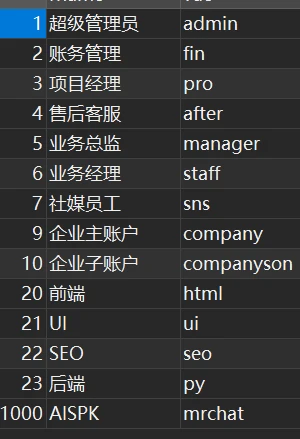



Safety Data Sheet Overview for Sodium Hydroxide Chemical Properties and Handling Guidelines
Safety Data Sheet (SDS) of Sodium Hydroxide
1. Introduction
Sodium hydroxide, commonly known as lye or caustic soda, is a highly versatile chemical widely used in various industries, including manufacturing, pharmaceuticals, and food production. Due to its strong alkaline properties, it is important to understand its characteristics, hazards, and safety measures. A Safety Data Sheet (SDS) provides essential information regarding these topics, ensuring safe handling, use, and storage of the chemical.
2. Chemical Identification
Sodium hydroxide is represented chemically as NaOH. It appears as a white solid or flakes, typically odorless, and soluble in water, with an exothermic reaction occurring upon dissolution. The molecular weight of sodium hydroxide is 40.00 g/mol, and it is classified as a strong base.
3. Hazard Identification
Sodium hydroxide is classified as a hazardous substance under various regulations. The primary hazards associated with sodium hydroxide include
- Corrosive Nature Sodium hydroxide can cause severe burns and damage to skin and eyes. Contact with concentrated solutions can lead to permanent injury. - Respiratory Irritant Inhalation of sodium hydroxide dust or aerosols may result in irritation of the respiratory tract, leading to coughing and breathing difficulties. - Environmental Impact Sodium hydroxide can be harmful to aquatic life and may cause long-term adverse effects in the environment.
4. Composition and Ingredient Information
The primary component of sodium hydroxide is, of course, NaOH. In commercially available forms, it might be found in different concentrations, which can impact its hazard profile. The presence of impurities may vary, but it is generally considered a pure compound in industrial applications.
5. First Aid Measures
In the event of exposure, prompt action is crucial
sds of sodium hydroxide

- Skin Contact Remove contaminated clothing immediately. Rinse the affected area with copious amounts of water for at least 15 minutes. Seek medical attention if irritation persists. - Eye Contact Rinse immediately with water for at least 15 minutes, ensuring that the water flows from the inner corner to the outer corner of the eye. Seek medical attention without delay. - Inhalation Move the person to fresh air immediately. If breathing is difficult, administer oxygen and seek medical attention. - Ingestion Do not induce vomiting. Rinse the mouth with water and seek immediate medical assistance.
6. Handling and Storage
To minimize risks while working with sodium hydroxide, follow these guidelines
- Always wear appropriate personal protective equipment (PPE), including gloves, goggles, and face shields. - Store sodium hydroxide in a cool, dry, well-ventilated area away from incompatible substances such as acids or organic materials. - Use proper labeling on all containers to indicate the hazardous nature of sodium hydroxide.
7. Exposure Controls and Personal Protection
Employers must implement engineering controls to limit exposure to sodium hydroxide. Adequate ventilation and local exhaust appliances are recommended in work environments. The use of PPE, such as chemical-resistant gloves and safety goggles, is essential to prevent accidental exposure.
8. Disposal Considerations
Proper disposal of sodium hydroxide is crucial to prevent environmental harm. Waste should be neutralized before disposal, typically using a diluted acid to bring the pH neutral, following local regulations regarding hazardous waste.
9. Conclusion
Understanding the Safety Data Sheet of sodium hydroxide is critical for anyone involved in its use or handling. By being aware of its hazards, implementing safety measures, and using appropriate personal protective equipment, the risks associated with sodium hydroxide can be significantly mitigated. Always refer to the latest SDS for updated information and instructions for safe handling.
In summary, sodium hydroxide is a powerful and useful chemical, but it demands respect and caution to ensure the safety of users and the environment.
-
Why Sodium Persulfate Is Everywhere NowNewsJul.07,2025
-
Why Polyacrylamide Is in High DemandNewsJul.07,2025
-
Understanding Paint Chemicals and Their ApplicationsNewsJul.07,2025
-
Smart Use Of Mining ChemicalsNewsJul.07,2025
-
Practical Uses of Potassium MonopersulfateNewsJul.07,2025
-
Agrochemicals In Real FarmingNewsJul.07,2025
-
Sodium Chlorite Hot UsesNewsJul.01,2025










